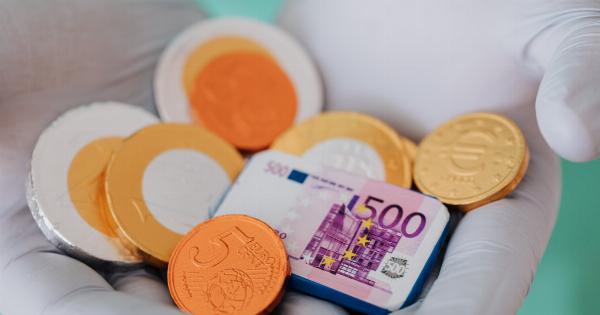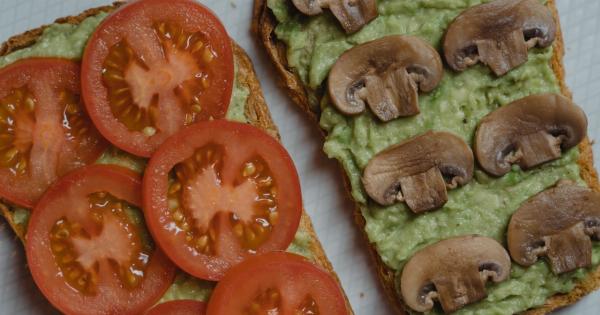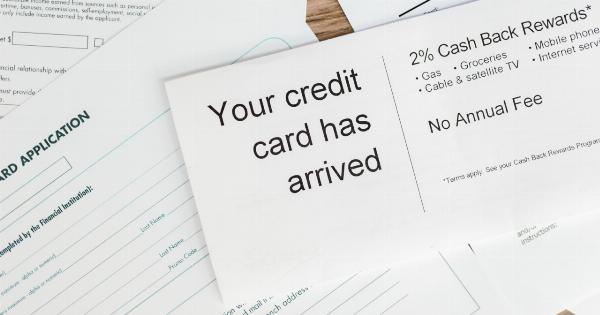There is something about the word “free” that instantly grabs our attention. It’s as if we are programmed to take notice whenever we come across something that costs us nothing.
But what if I told you that the taste of free is often underwhelming? That the excitement and anticipation we feel towards freebies is often met with disappointment and unfulfilled expectations?.
The Allure of Free
Free has a certain allure that is hard to resist. It taps into our primal desire to get something for nothing, to come out on top without having to invest any effort.
Whether it’s free samples at the grocery store or free trials for online services, the allure of free is hard to ignore.
In the world of marketing, companies use the concept of free to catch our attention and draw us in. Free giveaways, free shipping, and free upgrades are all common tactics used to entice customers to make a purchase.
But what happens once we actually experience the taste of free?.
The Rose-Colored Glasses Effect
When something is offered for free, our expectations often skyrocket. We imagine that the product or service will be of the same quality as something we would have paid for. We put on our rose-colored glasses and envision a flawless experience.
However, more often than not, the reality falls short of our expectations. Free samples may be smaller than we anticipated, free trials may have limited features or timeframes, and free upgrades may come with hidden costs.
The taste of free suddenly feels sour.
The Perceived Value of Free
One reason why the taste of free is underwhelming is because we often assign it a lower value compared to something we have paid for. When we receive something for free, we subconsciously attach less importance to it.
We may not fully appreciate or utilize it because it didn’t require any monetary commitment on our part.
This phenomenon can be seen in the world of digital downloads. When a song, movie, or ebook is available for free, we may download it without much thought.
However, when we actually pay for a song or movie, we are more likely to listen to it or watch it multiple times, simply because we have invested our hard-earned money.
The Cost of Free
Freebies often come with hidden costs. While we may not be spending money on the surface, we are still paying in other ways. For example, when we sign up for a free trial, we may be required to provide our personal information or credit card details.
This information can then be used for marketing purposes, or worse, we may forget to cancel the trial and end up paying for a service we didn’t want or need.
Additionally, free products or services may lack the same level of customer support or quality assurance as their paid counterparts. Companies may devote more resources to their paying customers, leaving free users with a subpar experience.
The taste of free suddenly becomes bitter.
When Free Becomes a Burden
Having access to a multitude of freebies can also become burdensome. We may feel overwhelmed by the sheer volume of free content, not knowing where to start or how to make the most of it.
Free trials can quickly pile up, leading to a juggling act of managing multiple subscriptions and remembering cancellation dates.
Moreover, the never-ending search for freebies can become a time-consuming endeavor. Instead of focusing on meaningful experiences or investing in high-quality products or services, we constantly find ourselves on the hunt for the next freebie.
The taste of free becomes a distraction, preventing us from fully enjoying what life has to offer.
The Value of Investing
While the taste of free may be underwhelming, there is value in investing in things that matter to us.
Whether it’s purchasing a high-quality product, subscribing to a premium service, or dedicating time and effort to a meaningful project, investing demonstrates commitment and often leads to a more rewarding outcome.
Investing also fosters a greater sense of appreciation. When we pay for something, we are more likely to take the time to fully understand its value and make the most of it.
Whether it’s a piece of art, a new gadget, or a concert ticket, investing creates a deeper connection and sense of satisfaction.
Finding Balance in the Free Economy
It’s not to say that free is entirely without merit. Freebies can be a great way to engage with new products or discover new artists. Free trials can give us a taste of what a service has to offer before committing to a subscription.
However, it’s important to find a balance and not solely rely on free offerings.
We should approach freebies with a realistic mindset, understanding that they may not be as substantial or fulfilling as their paid counterparts.
By consciously assigning value to free offerings, we can better manage our expectations and avoid potential disappointment.
Embracing the True Value
The true value lies not in the taste of free, but in the experiences and products that we invest in wholeheartedly.
By consciously choosing to invest in what matters to us, we prioritize quality over quantity and savor the taste of satisfaction and fulfillment.
So, the next time you come across something that is offered for free, take a moment to consider its true value.
Is it really worth your time and attention, or would you be better off investing in something that truly captures your interest and brings you joy?.




























